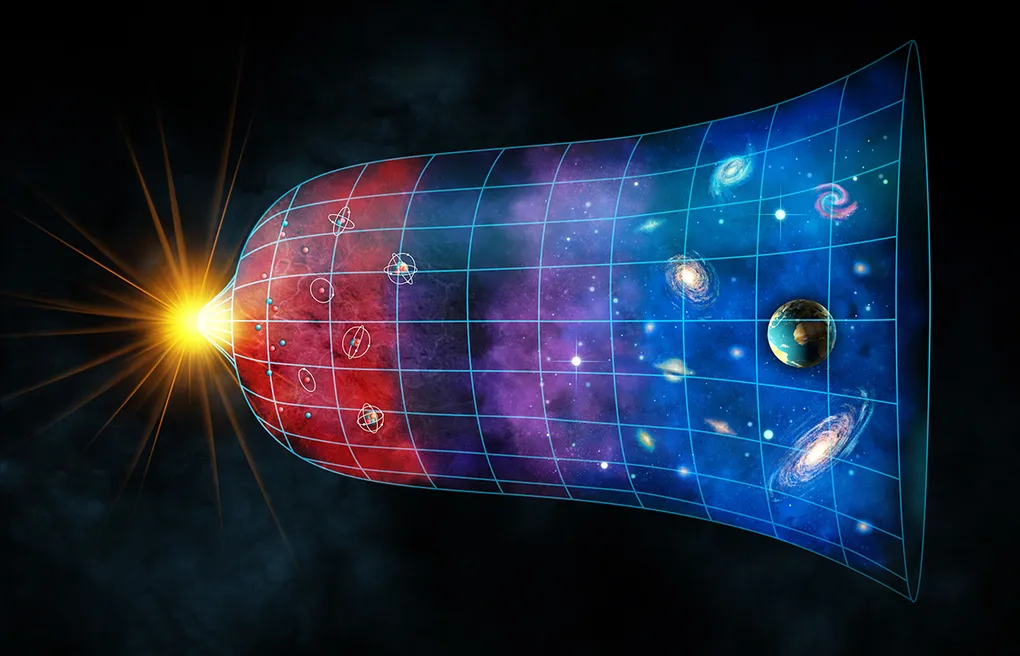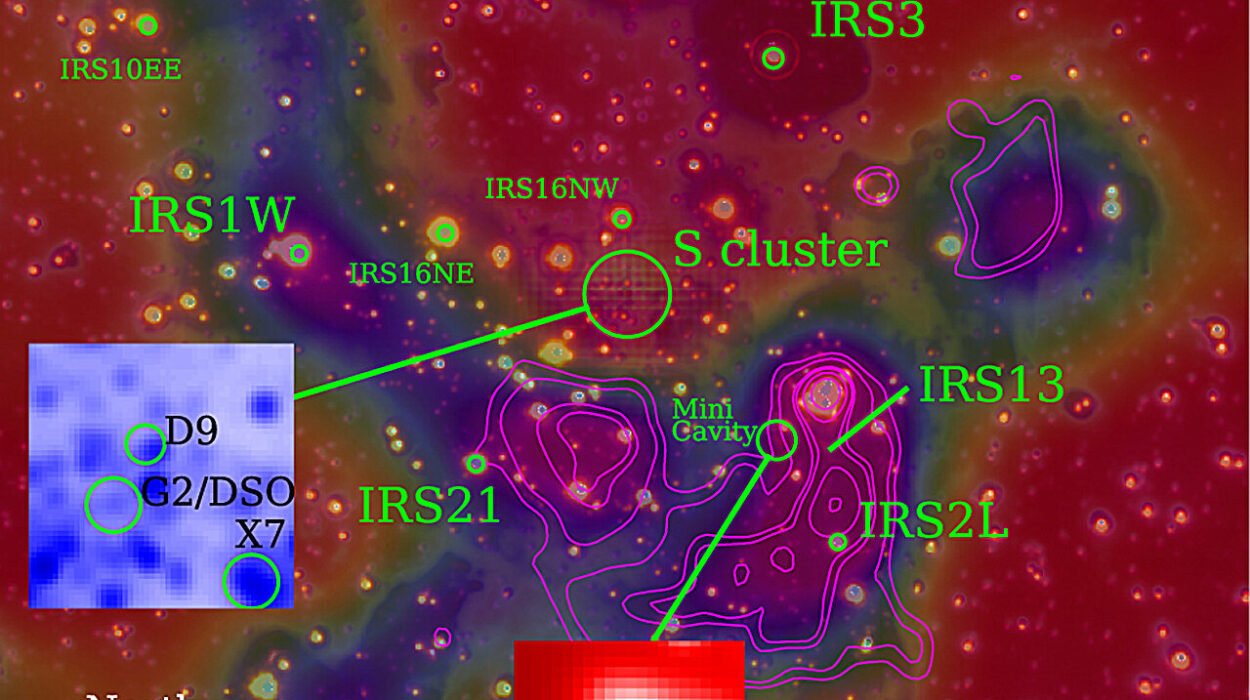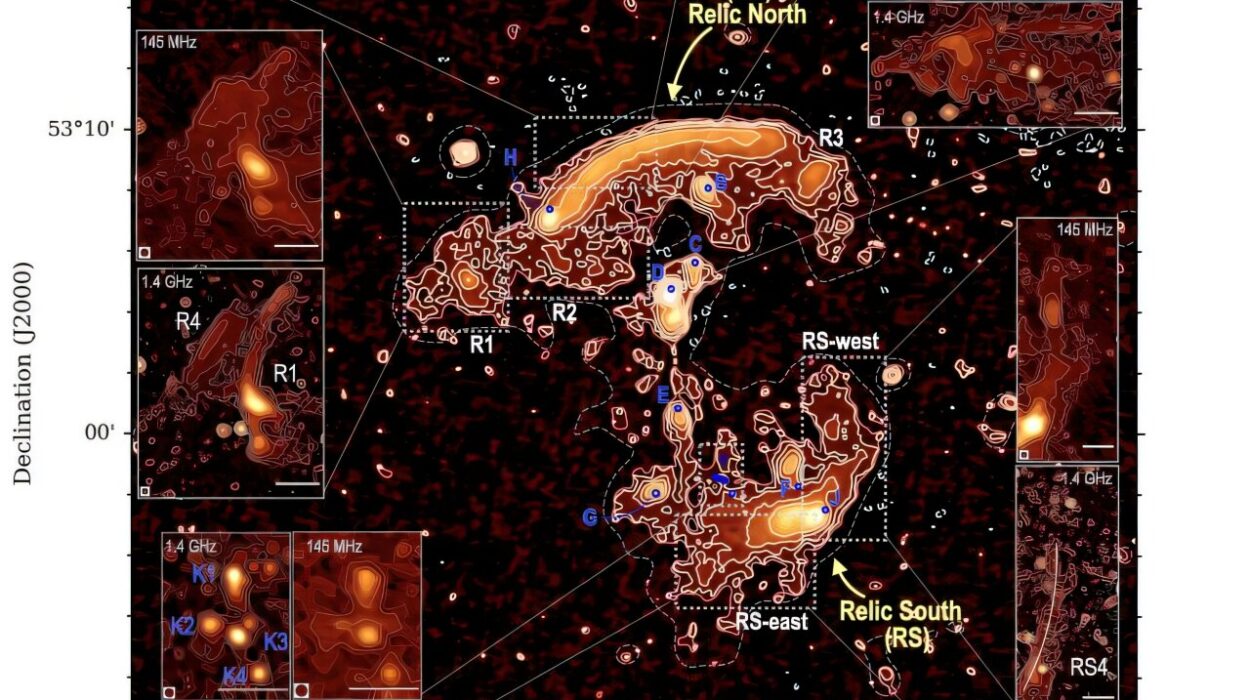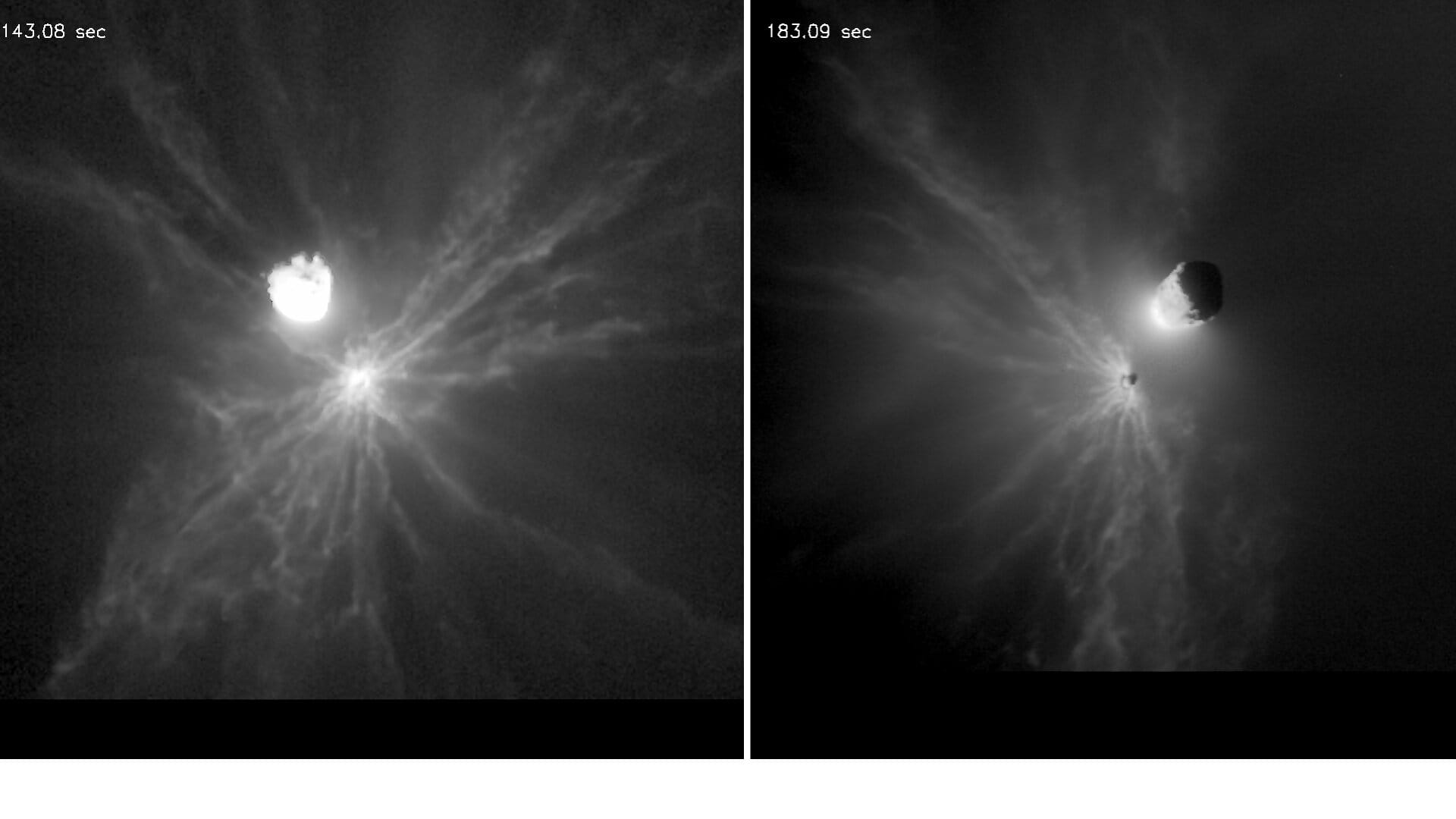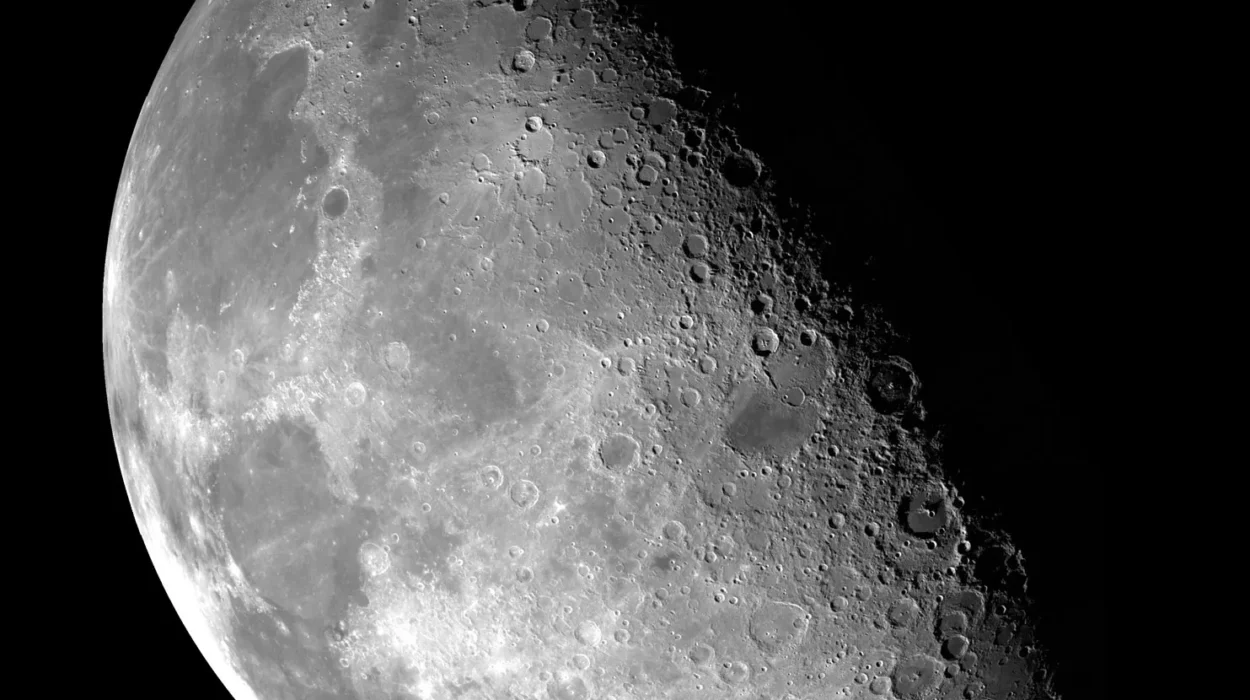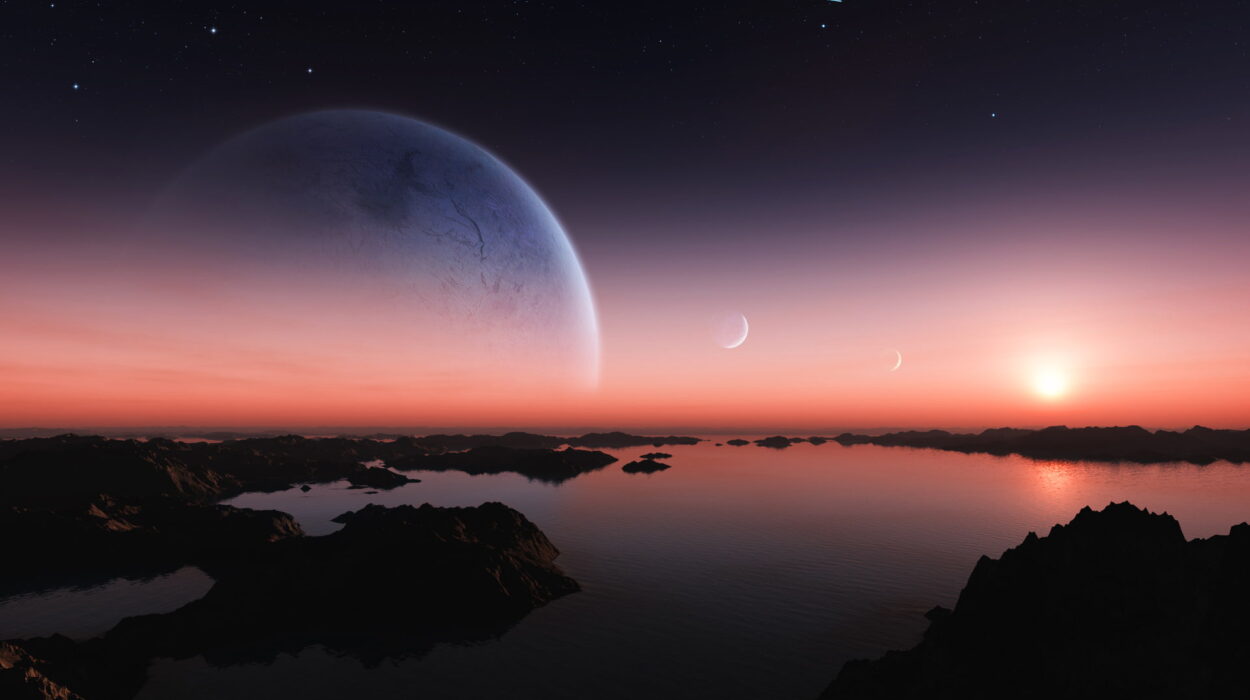Imagine for a moment that you’re floating in space, far beyond any galaxy, surrounded by an immense, dark void. You look in every direction, and you see galaxies: pinwheels of stars, gas, and dust, some faint and distant, others bright and nearby. But here’s the twist: no matter which way you look, those galaxies are all moving away from you. Not because you’re at the center of everything, but because space itself—the very fabric of the cosmos—is stretching, carrying galaxies along like raisins in a rising loaf of bread.
This is the expanding universe.
It’s one of the most profound and counterintuitive discoveries in the history of science. And it fundamentally reshaped our understanding of the cosmos, our place within it, and the destiny of all things.
But what does it really mean to say that the universe is expanding? Is everything flying apart? What is it expanding into? How do we even know? To answer those questions, we need to trace the story of the expanding universe—from ancient stargazers to modern-day telescopes probing the edges of time itself.
A Universe Once Thought Eternal and Unchanging
For much of human history, the universe was believed to be eternal, infinite, and unchanging. The stars were thought to be fixed on a celestial sphere. The planets moved in divine harmony. The cosmos was a grand, orderly machine—and it had always been that way.
Even after the scientific revolution, when telescopes revealed the moon’s craters and Jupiter’s moons, most scientists still believed in a static universe. Sir Isaac Newton assumed it. So did Albert Einstein when he first formulated his general theory of relativity in 1915. In fact, Einstein inserted a “cosmological constant” into his equations to counteract gravity and keep the universe from collapsing. He assumed the cosmos was stable and had always existed.
But the universe had other plans.
Hubble’s Earthshaking Discovery
In the early 20th century, a revolution in astronomy was quietly brewing. Telescopes were becoming more powerful. One of the most significant figures in this revolution was Edwin Hubble, an American astronomer working at the Mount Wilson Observatory in California.
Hubble set out to study “nebulae”—faint, fuzzy patches of light in the night sky. At the time, many believed these nebulae were clouds of gas within our own Milky Way galaxy. But Hubble’s observations, using the 100-inch Hooker telescope, changed everything.
He discovered that some of these nebulae were, in fact, separate galaxies, unimaginably far away. The universe was not just the Milky Way—it was vastly larger, populated with countless galaxies.
But Hubble didn’t stop there. He also noticed something even more shocking. By analyzing the light from these galaxies, he found that most of them were redshifted—their light was stretched toward the red end of the spectrum. This was a telltale sign that they were moving away from us.
And the farther away a galaxy was, the faster it appeared to be receding.
This wasn’t just a fluke. It was a pattern, a cosmic law. In 1929, Hubble published his findings, which became known as Hubble’s Law: the recessional velocity of a galaxy is directly proportional to its distance from Earth.
This was the first observational evidence that the universe was expanding.
The Balloon Analogy: A Universe Without a Center
One of the most common ways to visualize the expanding universe is to imagine a balloon. Picture dots drawn on the surface of a balloon. As the balloon inflates, the dots move away from each other. They’re not moving through space—the surface of the balloon itself is expanding.
Now, imagine that balloon in three dimensions. The surface represents the entirety of our universe—not just galaxies, but space itself. When we say the universe is expanding, we don’t mean that galaxies are flying through space like shrapnel. Rather, space itself is stretching, and galaxies are being carried along for the ride.
This analogy also reveals a crucial point: there is no center to the expansion. No special point from which everything is moving away. Every galaxy sees every other galaxy receding. The expansion is uniform, like dots on a balloon’s surface.
And here’s another brain-bender: the universe is not expanding into anything. It’s not like a balloon inflating into a pre-existing room. Space itself is all there is. When space expands, it simply creates more space.
General Relativity and the Fabric of Spacetime
So how does this all fit with our understanding of physics?
Einstein’s general theory of relativity revolutionized our view of gravity. Instead of viewing it as a force between masses, Einstein described gravity as the warping of spacetime. Massive objects curve the fabric of spacetime, and that curvature tells matter how to move.
When this framework is applied to the entire universe, it leads to surprising conclusions. In the 1920s, mathematician Alexander Friedmann and physicist Georges Lemaître independently derived solutions to Einstein’s equations showing that a universe filled with matter cannot be static. It must either be expanding or contracting.
Einstein initially resisted this idea. But when Hubble’s observations confirmed the expansion, Einstein reportedly called his earlier assumption of a static universe his “greatest blunder.”
Lemaître, who was both a physicist and a Catholic priest, went even further. He proposed that the universe began from a single, primordial point—a “cosmic egg” that exploded in a vast expansion. This idea later evolved into what we now call the Big Bang theory.
The Big Bang: Birth of the Expanding Universe
The concept of an expanding universe naturally leads to the idea that the universe had a beginning—a moment when all of space, time, matter, and energy was concentrated in an incredibly hot and dense state.
This is the Big Bang—not an explosion in space, but an expansion of space itself.
At the moment of the Big Bang, about 13.8 billion years ago, the universe began expanding from an almost unimaginably dense state. In the first fractions of a second, space inflated rapidly, temperatures soared, and fundamental forces began to separate.
As the universe expanded and cooled, particles formed. Hydrogen and helium nuclei coalesced. Later, under the force of gravity, matter clumped into stars, galaxies, and eventually the large-scale structure of the universe we see today.
The expansion continues to this day, and with it, the universe grows ever larger, colder, and more diffuse.
Cosmic Microwave Background: The Echo of Expansion
One of the strongest pieces of evidence for the expanding universe and the Big Bang is the cosmic microwave background (CMB) radiation. This is a faint glow of microwave radiation that fills the entire universe.
In 1965, Arno Penzias and Robert Wilson were working with a radio antenna in New Jersey when they detected an unexplained background hiss. After ruling out everything from equipment malfunctions to pigeon droppings, they realized they had stumbled upon something monumental.
They had discovered the afterglow of the Big Bang.
The CMB is the cooled remnant of the intense heat from the early universe, stretched to microwave wavelengths by billions of years of cosmic expansion. It’s a snapshot of the universe when it was just 380,000 years old, long before stars or galaxies had formed.
Today, satellites like the Cosmic Background Explorer (COBE), the Wilkinson Microwave Anisotropy Probe (WMAP), and the Planck spacecraft have mapped the CMB in exquisite detail. It shows tiny fluctuations—seeds of cosmic structure—that later grew into galaxies and clusters.
The CMB is often called the “baby picture” of the universe. It is our clearest window into the early universe and a powerful confirmation that the universe has been expanding for billions of years.
Dark Energy: The Mystery Accelerating Expansion
For a long time, scientists assumed that the expansion of the universe might eventually slow down. After all, gravity pulls things together. Wouldn’t the combined gravity of all the matter in the universe eventually halt the expansion—or even reverse it?
In the 1990s, two teams of astronomers set out to measure how the expansion rate was changing over time. They studied distant supernovae—stellar explosions that can be used as “standard candles” to measure cosmic distances.
What they found was shocking: the universe wasn’t slowing down. It was speeding up.
This unexpected acceleration suggested the existence of a previously unknown force or energy permeating space—one that counteracts gravity and drives galaxies apart faster and faster.
This force was dubbed dark energy, and it now makes up about 68% of the total energy content of the universe. Its exact nature remains one of the biggest mysteries in physics.
Einstein’s “cosmological constant,” once thought to be a blunder, suddenly became relevant again. Could dark energy be a manifestation of vacuum energy? Or is it something even more exotic—a dynamic field or a sign that our understanding of gravity is incomplete?
Whatever it is, dark energy is reshaping our destiny.
The Fate of the Expanding Universe
If the universe is expanding, and that expansion is accelerating, what happens in the far future?
There are several possibilities, each with poetic names:
The Big Freeze: This is the most widely accepted scenario. As the universe expands, galaxies drift further apart, stars burn out, and temperatures approach absolute zero. Eventually, the universe becomes a dark, cold, and empty void.
The Big Rip: If dark energy becomes stronger over time, it could eventually tear apart galaxies, stars, planets, and even atoms. The fabric of space-time itself would be shredded.
The Big Crunch: In a universe dominated by matter and gravity, expansion could reverse, leading to a cosmic collapse. Everything would come crashing back into a singular point.
The Big Bounce: Some speculative theories suggest the universe could cycle through expansions and contractions—bouncing from one Big Bang to the next in an eternal rhythm.
At present, observations suggest we’re headed for a Big Freeze, with an ever-expanding, ever-accelerating cosmos.
Time, Space, and the Human Story
To speak of an expanding universe is to speak of our own origins and fate. Every atom in your body was forged in the heart of an ancient star, scattered across the galaxy by a supernova, and woven into your being through the chemistry of life.
Those stars formed in galaxies born from the Big Bang, carried on the expanding tide of space. The very iron in your blood and calcium in your bones are part of this grand cosmic story.
We are not outside the expanding universe, observing from a distance. We are part of it. We are made of it. And as it grows, so do the questions we ask.
Why is the universe expanding at all? What came before the Big Bang—if such a question even makes sense? Is there more than one universe? Could the expansion one day bring us to the edge of knowable space?
These questions drive science forward. The expanding universe isn’t just a scientific fact—it’s a reminder that we are explorers in an infinite ocean, barely charting the nearest waves.
